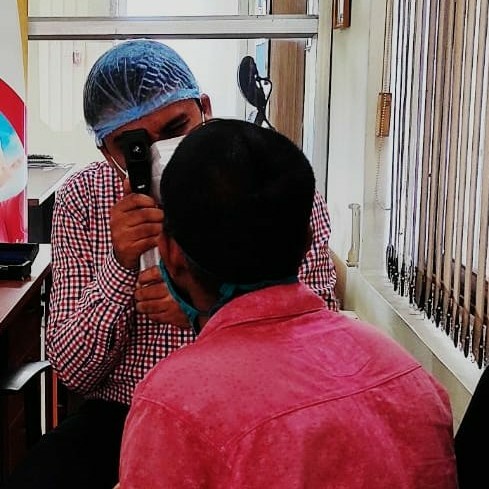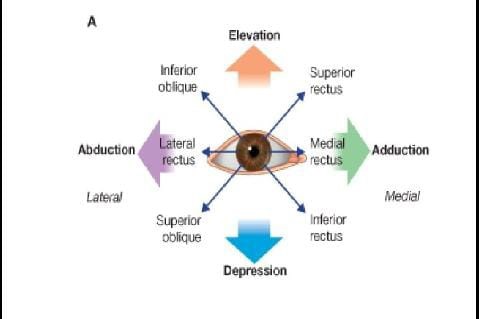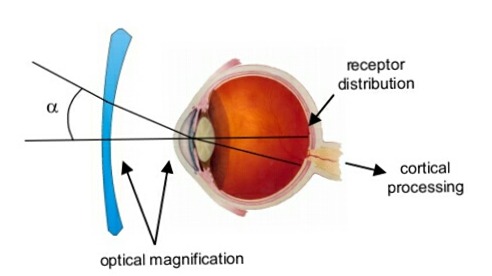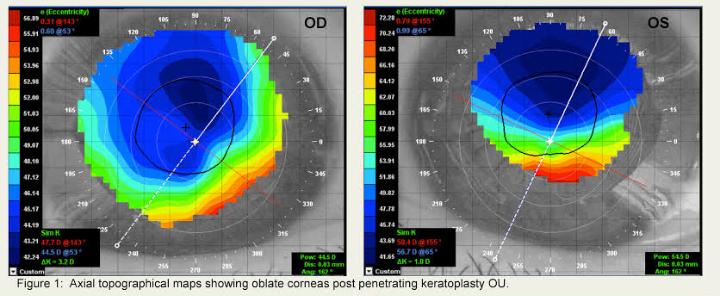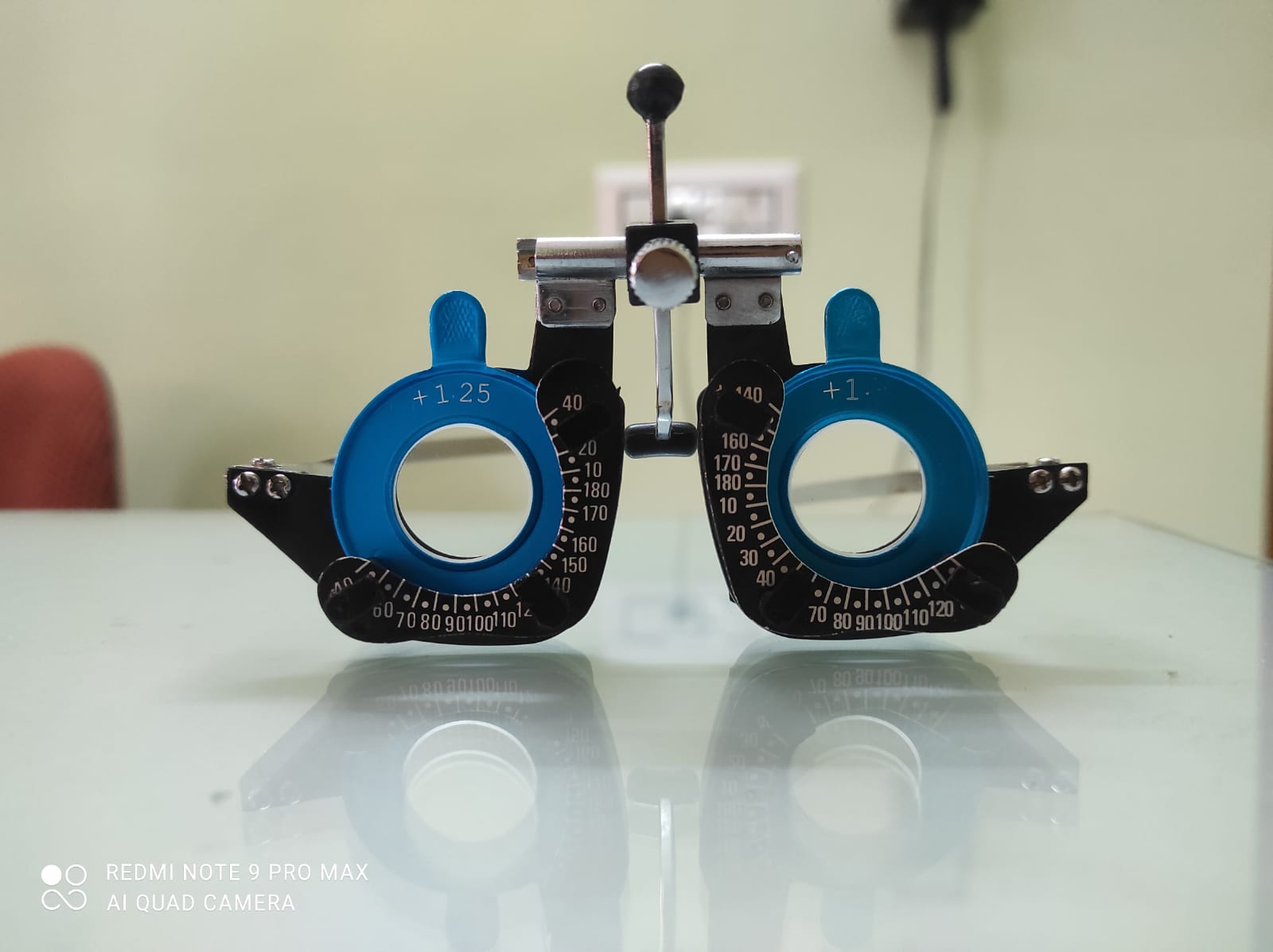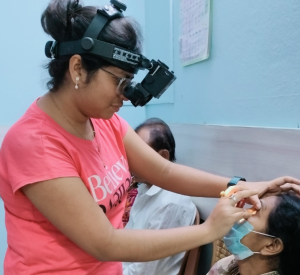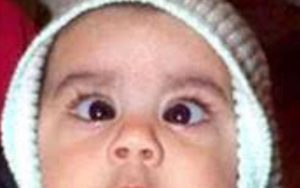The term aniseikonia is used to define the ophthalmic disorder of human where an object producing a different size of image in the two eyes retina. Most of the time aniseikonia is present due to presence of high amount of anisometropia in the patient and research has shown that approximately patient can manage at around 5% (a measurement of 5% of aniseikonia state the image perceive by the right eye is 5% larger than the left eye) of aniseikonia without feeling any discomfort. And Anisometropia occur due to the presence of two main causes they are like Axial and Refractive. So here Axial aniseikonia can be occur where the refractive error occurs not due to the abnormal refractive power of the eye but for the abnormal axial length. And by the same way the refractive aniseikonia can be occur where the refractive error occurs due to not for the abnormal axial length of the eye but for the abnormal refractive power of the main refractive media of the eye. Apart from this optical factors anisometropia can also occur by Retinal disorders either by the displacement of retinal elements or any kind of Stretching or oedema of the retina. In the next few stanzas, we will go to look over the clinical factors (Signs and Symptoms) of aniseikonia.
Symptoms of Aniseikonia: Here we discuss about the few symptoms a patient with aniseikonia may face
1. Defective Binocular Vision- The patient feeling a diplopia a very common complain of Aniseikonia.
As 5% of aniseikonia define when the image of the right eye is 5% more larger than the left eye and a patient at
around with 5% of aniseikonia can manage to lead a normal binocular vision. But more than this value causes a huge different of the image size between the two eyes and causes diplopia. And as aniseikonia associated with anisometropia most of the time these causes a huge difference in the refractive error of the eyes. And if it not diagnosed early in early stage of life then it can lead to a huge binocular dysfunction.
2. Disturbances in depth perception– As the person with aniseikonia also not develop binocular vision properly by this way he/she may feels problem with depth perception also. In case of astigmatic refractive error person if the horizontal meridian is more involve for astigmatism, then generally as the basis for the stereoscopic perception of depth. In that case the patient may feel a huge number of disturbances in depth perception.
Some patient may experience symptoms like,
i. Walking on a plain ground can be look like walking on the hill roads.
ii. A rectangular or an oval size table front can be appeared like an irregular shape.
iii. An object like a table or desk’s two sides can be seen like they are not in the same level.
3. Asthenopic symptoms- If the difference of the size image between the two eyes occur in a large amount then usually this phenomena can be happen. The patient may experience symptoms like difficulty in reading,
eyestrain, headache, photophobia and difficulty in fixation etc.
Most of the time a patient with aniseikonia come to the clinic and complaining the symptoms mostly they are as follows,
i. Difficulty in reading.
ii. Headache.
iii. Photophobia.
iv. Nausea.
v. Defective Binocular Vision.
vi. Defective depth perception.
vii. Difficulty to understand the 3D image or video.
viii. Difficulty in reading.
ix. Dizziness and Vertigo.
x. Diplopia.
Signs of Aniseikonia-
In the previous stanza we see the symptoms and the patient’s experience of aniseikonia. Now in this stanza we are going to look see the identifying or specifying area through the signs which we fiend the diagnostic procedure.
So at the basic or primary eye care level if the patient come and complaining about the symptoms of aniseikonia and by seeing the previous prescription or glass or by performing the refraction process if we fiend the patient is already having the anisometropia, we may primarily consider the patient is also suffering in the aniseikonic condition also. And there are also several tests are performed to identify the aniseikonia.
Dartmouth Studies- By this procedure aniseikonia measured by the amount of Anisometropia.
